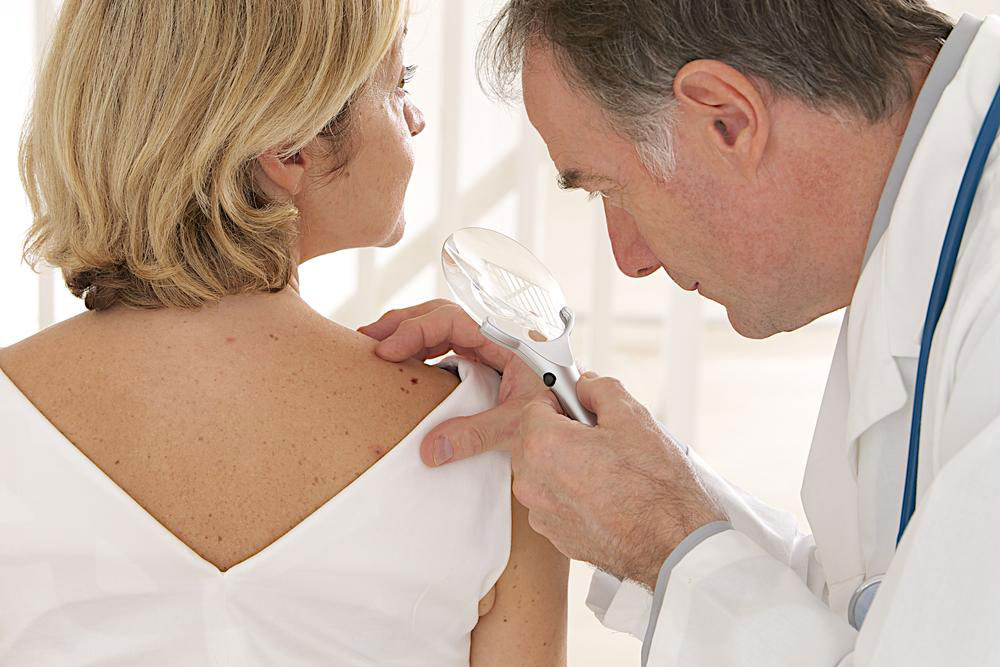Know About The Signs Causes And Treatment Options Of Atopic Dermatitis
An atopic dermatitis is a chronic form of eczematous skin disorder that usually begins in childhood. Patients suffering from this skin disorder have “super sensitive” skin with a reduced threshold for tolerating irritation.
Signs and symptoms of atopic dermatitis
The signs and symptoms of atopic dermatitis vary from person to person. In most cases, this skin disorder causes dry, itchy and flaky skin that results in blood oozing out of the skin.

Causes of atopic dermatitis
The actual cause of atopic dermatitis remains unknown. However, it is known to stem from a combination of genetic as well as environmental factors. Clinical research suggests that the disorder is connected to other variants of atopic disorders, which may include seasonal allergies and asthma that people with atopic dermatitis suffer from. Emotional factors, along with anxiety and stress, are believed to exacerbate the disorder. These are not regarded as the underlying or primary cause of the disorder.
It is not contagious, and it is not possible to be affected by atopic dermatitis through skin contact. On the other hand, people with atopic dermatitis may have cold sores, yeast and fungal infections, which may be contagious through the skin.
Treating atopic dermatitis
Atopic dermatitis treatment options include over the counter medications in the mild stage. However, corticosteroids in lotions, creams and gel form may be required to mitigate the issue to a considerable extent. In case none of the atopic dermatitis treatment options produce the desired results, the next option is to visit the hospital. The patient may need to be hospitalized to receive intensive care, which might help in reducing the irritation and inflammation.
People suffering from atopic dermatitis should control their exposure to chemicals and environmental factors that may cause irritation and inflammation. These may include dry skin, changes in temperature, excessively low humidity and wearing woolen clothing. It is crucial to reduce the use of soaps, detergents, perfumes and other cosmetic products and avoid dander, pollen, and some flowers to keep this condition in check.